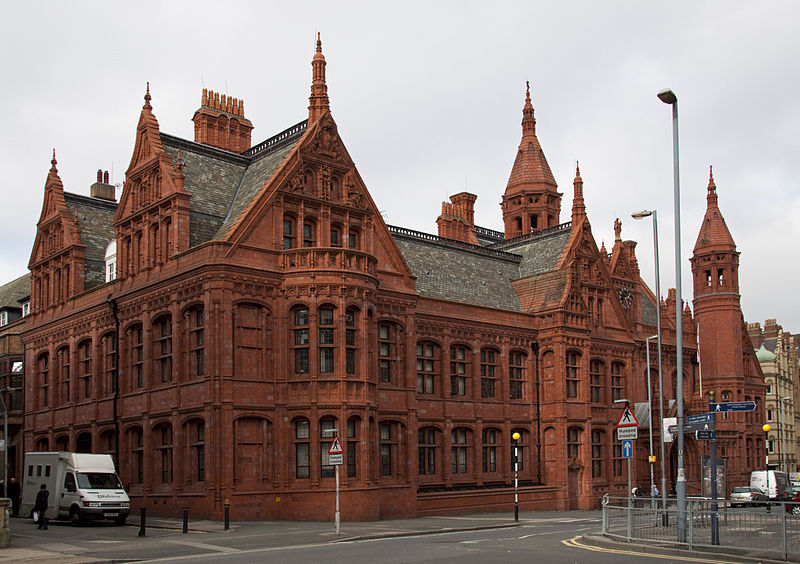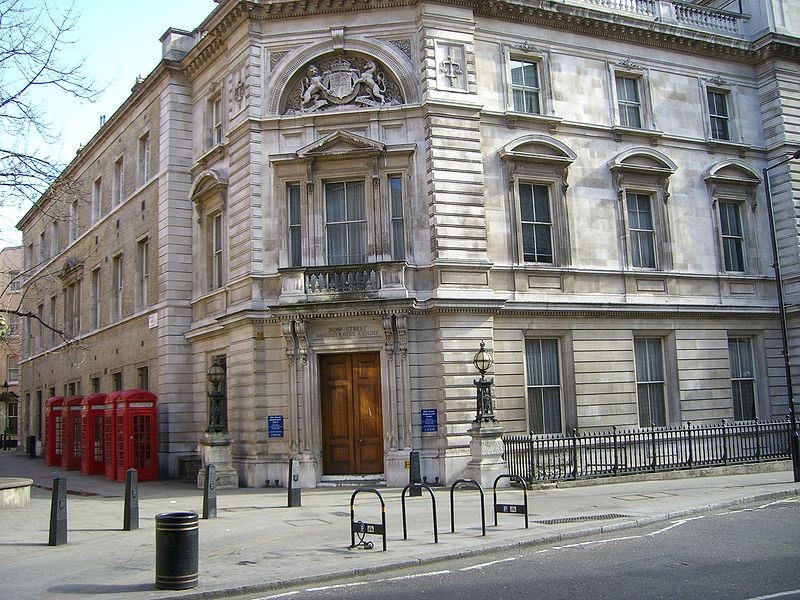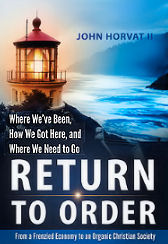When the State’s sovereign power stays within its limits, less force and money are needed to maintain it. There is, for example, little need for huge budgets, since much of this federation of autonomous associations is in private or quasi-private hands. “Perhaps the most striking character of the feudal State was its almost absolute lack of finances,” writes noted medievalist Henri Pirenne of its self-financing character. “In it, money played no role.” (1)
Carlo Cipolla notes that administrative expenses of the State in medieval Europe were few and simple. This was because “many administrative tasks continued to be performed by noblemen who—in deference to the principle of noblesse oblige—received no salary for their activity.” (2)
Striking examples of such self-governance include England’s Justices of the Peace who are called even today the “great unpaids,” because for nearly 600 years they have undertaken the greater part of the judicial work in England and Wales without compensation.

Entrance to the Magistrates’ Court buildings on the corner of Preston Street and Victoria Street, Liverpool, England. Photo by Green Lane.
“Thus, the sworn crafts, like the other corporations of the kingdom, collaborated with the king in legislation, government and administration,” writes historian Roland Mousnier about pre-Revolutionary France. “Besides their particular economic function, they fulfilled an increasing number of public functions on behalf of the state, in its place, on its initiative, and under its supervision.” (3)
The same author records the existence in France of 70,000–80,000 seigniorial courts that administered public (yet not supreme) justice at the expense of the local lord. He reports that on the whole, these courts “provided justice that was equitable, inexpensive, easily accessible, and rapid.” (4)
We might also mention that village communities, ruled by their own customs, relieved the State of an important part of the task of local administration by assuming considerable self-governing functions, especially those connected to communal privileges. All of this came at no cost to the State and without the heavy burden of bureaucracy.
“All in all, one must admit that the portion of income drawn by the public sector most certainly increased from the eleventh century onwards all over Europe,” Cipolla notes, “but it is difficult to imagine that, apart from particular times and places, the public power ever managed to draw more than 5 to 8 percent of national income.” (5) 
(1) Henri Pirenne, Medieval Cities: Their Origins and the Revival of Trade, trans. Frank D. Halsey (Princeton: Princeton University Press, 1952), 225.
(2) Carlo M. Cipolla, Before the Industrial Revolution: European Society and Economy, 1000-1700 (New York: W.W. Norton, 1976), 48.
(3) Roland Mousnier, Society and State, trans. Brian Pearce, Vol. 1 of The Institutions of France under the Absolute Monarchy 1598-1789 (Chicago: University of Chicago Press, 1979), 1: 472.
(4) Ibid., 528.
(5) Cipolla, Before the Industrial Revolution, 47. The author further explains: “At the middle of the nineteenth century in most European states, public expenditure still represented only 2 to 6 percent of national income” (ibid., n).
John Horvat II, Return to Order: From a Frenzied Economy to an Organic Christian Society—Where We’ve Been, How We Got Here, and Where We Need to Go (York, Penn.: York Press, 2013), 209-10.










